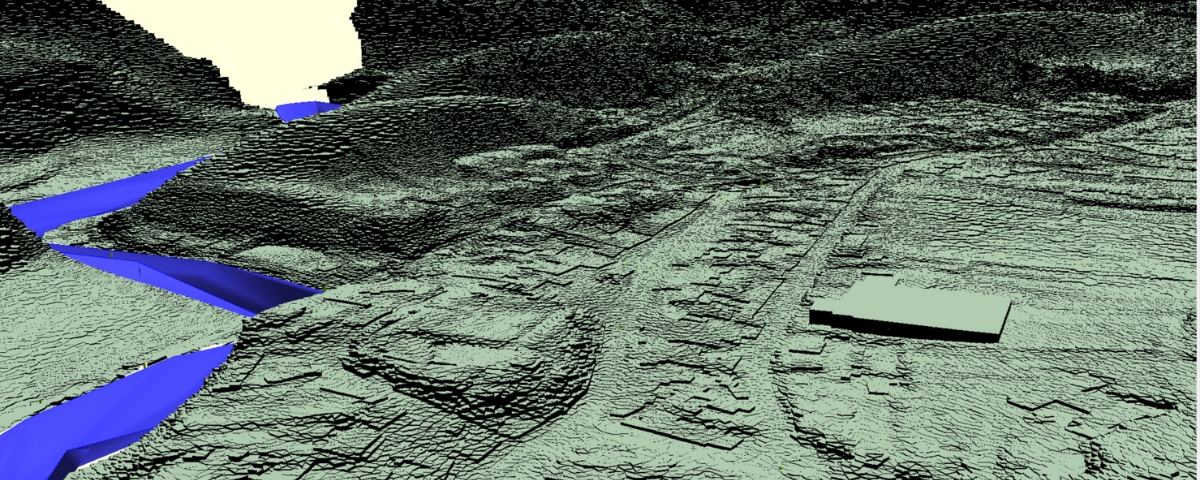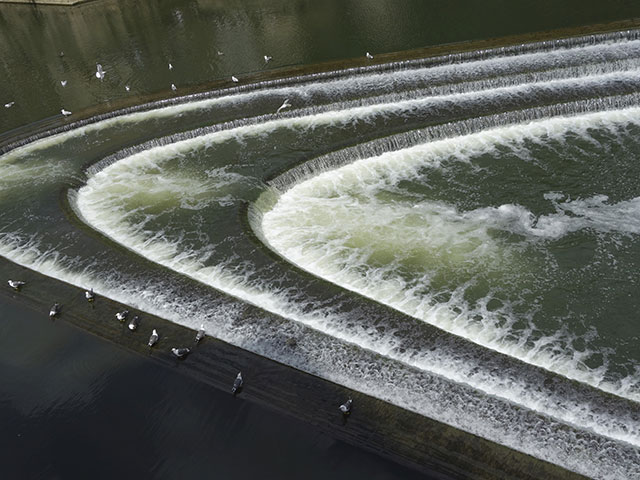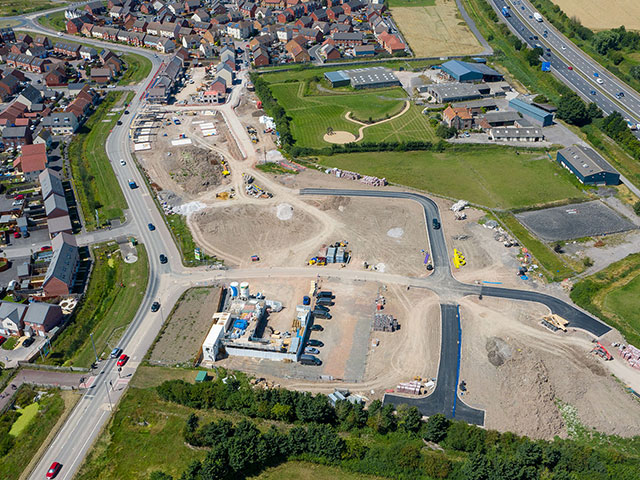
Francesca Hurt is our Hydrology and Modelling Lead and an integral part of our rapidly expanding Flood Risk Management delivery team. She has played a pioneering role in numerous public and private projects throughout the UK. With her expertise in Hydraulic Flood Modelling, Francesca brings extensive knowledge and experience to the Tetra Tech capability, providing valuable insights into its applications and future potential.
What is Hydraulic Flood Modelling?
A hydraulic flood model employs mathematical equations to estimate flood flows and levels over space and time. These models offer a simplified, pragmatic representation of complex hydraulic systems. Their purpose is to enhance our understanding of flood risk pathways and receptors, arising from a range of sources including rivers, the sea, rainfall, sewers, and reservoirs.
How does the Modelling Process Work?
Flood Modelling utilises various software packages, all of which have been benchmarked and approved by the Environment Agency. A modeller gathers multiple data sources and inputs them into the software.
Data quality is crucial in flood modelling, when using digital systems, as the saying goes, ‘rubbish in – rubbish out’. Topographic data represents land surfaces, watercourses, banks, coastlines, and features. Structural and asset surveys capture pipe networks, flood defences, bridges, weirs, culverts, and hydraulic structures. Land use and soils data determine runoff characteristics. The technical expertise and experience of hydraulic modellers ensures the correct data and parameterisation is used to achieve an accurate representation of reality.
To quantify the volume of water in the model and assess flood risk sources, estimates are needed for inputs such as river flow, tide curves, and rainfall intensity. These estimates consider a range of probability events, for present day and future scenarios incorporating climate change projections.
Once built and run, Flood Models generate extensive output data encompassing flows, depths, water levels, velocities, hazards, and timings throughout the model’s extent for the duration of an event.
What are the Applications of Hydraulic Flood Modelling?
Hydraulic Flood Modelling has multiple applications:
- Flood risk mapping to raise awareness and understanding of risk;
- Flood forecasting to help predict flooding and provide warnings to reduce risk to life from flooding.
- Inform Strategic local plans and development allocations;
- Underpin Flood Risk Assessments for developments, quantifying the impact of a proposed development and aid in the development of mitigation if required.
- Support Development Consent Order (DCO) planning for major infrastructure projects like ensuring no increase in flood risk throughout the project’s lifespan addressing all phases of development.
- Inform safety cases and identifies vulnerabilities in critical infrastructure, such as nuclear power stations, considering future flood risk due to climate change.
- Aid in the development of adaptive management strategies.
- Assess the impact of natural capital on flood risk
- Investigate flooding problems to understand how to mitigate and manage risk;
- Facilitating the development of mitigation measures like Flood Alleviation Schemes and Natural Flood Management approaches.
- They can also be used to as part of water quality and sediment transport modelling assessments.
How can Hydraulic Flood Modelling Benefit the Planning Process?
In terms of planning, flood modelling plays a vital role in guiding the appropriate placement of development on a site. It informs planners about flow pathways, identifies areas to avoid, and aids in the development of mitigation strategies to offset potential impacts. By quantitatively assessing the impact of development, flood models can estimate future flood levels and extents considering climate change, enabling adaptive management. Moreover, they help address site-specific challenges and optimise development potential.
What could the future of hydraulic flood modelling look like – What applications will it have?
Modelling plays a crucial and established role in comprehending and managing flood risk, and its significance will persist in the future. Advancements in computing, such as cloud processing, AI, and machine learning, are expected to further evolve flood modelling and forecasting, enhancing their accuracy.
Recent progress in cloud computing and graphics card technology has already facilitated more detailed and efficient modelling, a trend likely to continue. Automation will likely increase to improve the efficiency of model building, running, and calibration. However, it’s important to recognise that modelling is not a simplistic process. It demands expertise, understanding, and interpretation to accurately represent complex hydraulic systems and critically evaluate model results against real-world scenarios.


